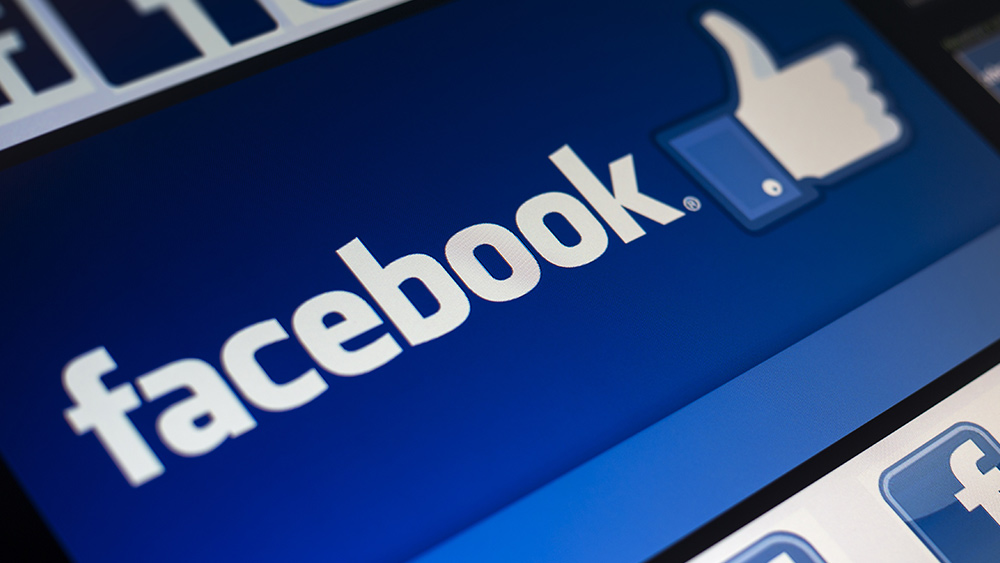Apple’s Vision Pro goggles rewire the brain, researchers warn
02/26/2024 / By Cassie B.

Apple’s recently released Vision Pro goggles may seem like a fun new piece of tech, but researchers are warning that they could rewire the human brain in some very unexpected ways.
The Vision Pro uses 12 cameras within its glass fascia that serve as a lens, while its LiDAR scanner uses a laser to measure the distances to various objects. It uses passthrough video, which involves cameras and sensors capturing images from the world around you and reproducing them inside the device in a synthetic environment that can be overlaid with other elements.
However, researchers have found that using the $3,500 devices, especially in the long term, can cause a lot of problems for our brains and our perception of the world around us.
We already know how virtual reality can affect us in the short term. For example, individuals who are in synthetic environments have a tendency to judge distances poorly from close up as well as at a distance. This means that those who are trying to post videos of themselves doing activities like driving or skating with these headsets on are going to end up in real trouble, potentially harming themselves and others. It can also cause object distortion, changing the sizes and shapes of objects, particularly when one moves their head.
According to the director of the Virtual Human Interaction Lab at Stanford, Jeremy Bailenson, there are some very compelling reasons people should not be wearing these devices for long periods.
The research team wore Vision Pro and Quest goggles for a few weeks around college campuses while attempting to carry out their normal activities. For the safety of participants, a minder stayed nearby to ensure they did not trip or walk into walls; Apple’s Vision Pro User Guide warns that it cannot detect all obstacles or conditions, so users could be setting themselves up for injury when they put the goggles on.
The participants, despite their experience using all manner of headsets, reported symptoms of “simulator sickness” such as dizziness and headaches. In addition, they had problems navigating the space around them, such as bringing food accurately to their mouth while eating or misjudging how far elevator buttons were from their fingers.
Although they were able to adapt their judgment of distance after a while, the damage was already done. These perceptual after-effects don’t go away once someone takes the goggles off as the body needs time to recalibrate. Therefore, someone who is working all day inside these goggles could go home with their targeting system off, potentially causing an accident or injuring themselves.
The researchers also noted that passthrough can have a distancing effect, especially in social situations, due to delays in responses and the potential to miss social cues as conversations lose their subtlety and people look more like avatars than humans from up close. This can foster perceptions of other people as being non-human.
Goggles may have negative vision effects
Another concern is its potential effects on the eyes. The Apple Vision Pro uses low-powered lasers pointed at your eyes for near and far depth sensing. The company notes in a legal disclosure that the device’s “high-performance eye tracking system of LEDs and infrared cameras projects invisible light patterns onto each eye.”
These are so potentially dangerous that Apple notes in its safety information that they may be disabled to protect the eyes should the device malfunction. They also warn users to stop using it if they experience changes to their vision, such as double vision or blurred vision.
While the potential negative effects on physical and mental health should be enough to give people pause, there is another warning to consider: The Vision Pro collects lots of data about its environment. This includes everything from the user’s eye movements and gestures to the people and rooms they interact with, potentially exposing sensitive information about people and their surroundings, including their behaviors, locations, preferences and identity. Confidential and private information could easily by shared if users are not careful.
Sources for this article include:
Submit a correction >>
Tagged Under:
Apple, Big Tech, brain damaged, brain health, computing, cyber war, cyborg, Dangerous, eye health, future science, future tech, Glitch, information technology, inventions, privacy watch, products, real investigations, research, tech giants, technocrats, Virtual reality, Vision Pro, vr
This article may contain statements that reflect the opinion of the author
RECENT NEWS & ARTICLES
COPYRIGHT © 2018 TECHGIANTS.NEWS
All content posted on this site is protected under Free Speech. TechGiants.news is not responsible for content written by contributing authors. The information on this site is provided for educational and entertainment purposes only. It is not intended as a substitute for professional advice of any kind. TechGiants.news assumes no responsibility for the use or misuse of this material. All trademarks, registered trademarks and service marks mentioned on this site are the property of their respective owners.



















